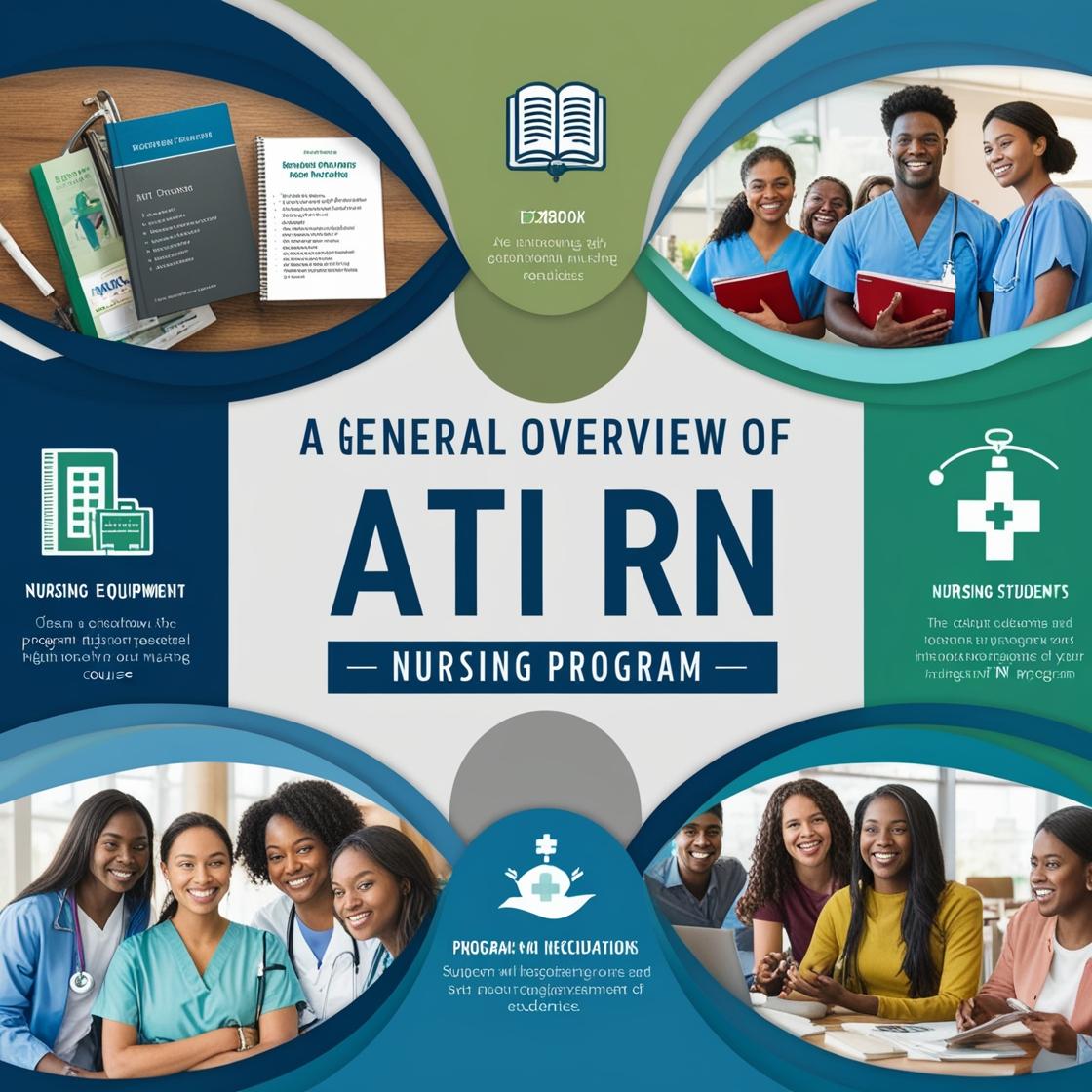ATI RN
ATI Community Health Proctored Exam 2023
1. After 3 days, the nurse notes that James has chest indrawing and stridor. His mother returned him to the health center immediately. The nurse should:
- A. Change the medication to the second-line antibiotics
- B. Advise the mother to observe the child and continue giving the antibiotics
- C. Give the first dose of antibiotics and refer urgently
- D. Observe the child at the center
Correct answer: C
Rationale: In the scenario described, the presence of chest indrawing and stridor indicates respiratory distress, which requires immediate attention. Giving the first dose of antibiotics and referring urgently is the correct course of action to ensure prompt and appropriate management of the child's condition.
2. Care provided by specialists in health facilities such as medical centers, regional, and provincial hospitals falls under which level of care?
- A. Secondary level of care
- B. Tertiary level of care
- C. Primary level of care
- D. Intermediate level of care
Correct answer: B
Rationale: Tertiary level of care encompasses specialized care provided by experts in medical centers, regional, and provincial hospitals. This level of care focuses on advanced diagnostic, treatment, and management of complex health conditions beyond what primary and secondary care levels offer.
3. Which of the following is not considered one of the four cornerstones or pillars in primary health care?
- A. Active community participation
- B. Support mechanisms made available
- C. Use of appropriate technology
- D. Inter-sectoral linkages only
Correct answer: D
Rationale: The four cornerstones of primary health care are active community participation, support mechanisms made available, and the use of appropriate technology. Inter-sectoral linkages, while important, are not part of the four core pillars in primary health care.
4. What refers to the systematic study of vital events such as births, illnesses, marriages, divorce, separation, and deaths?
- A. Vital statistics
- B. Statistics
- C. Morbidity
- D. Mortality
Correct answer: A
Rationale: Vital statistics encompass the systematic study of vital events such as births, illnesses, marriages, divorce, separation, and deaths. It provides essential data for understanding population health trends and informing public health policies.
5. In which declaration was the concept of Primary Health Care discussed?
- A. Alma Ata Declaration
- B. Declaration of Helsinki
- C. Declaration of Human Rights
- D. Declaration of Ottawa
Correct answer: A
Rationale: The concept of Primary Health Care was discussed in the Alma Ata Declaration. The Alma Ata Declaration, adopted at the International Conference on Primary Health Care in Alma Ata, Kazakhstan, in 1978, emphasized the importance of primary health care in achieving Health for All by the year 2000. This declaration promoted a comprehensive approach to health care that is essential, accessible, acceptable, and affordable to individuals and communities. It highlighted the significance of addressing social, economic, and environmental determinants of health to achieve better health outcomes for all.
Similar Questions

Access More Features
ATI RN Basic
$69.99/ 30 days
- 50,000 Questions with answers
- All ATI courses Coverage
- 30 days access @ $69.99
ATI RN Premium
$149.99/ 90 days
- 50,000 Questions with answers
- All ATI courses Coverage
- 30 days access @ $149.99
